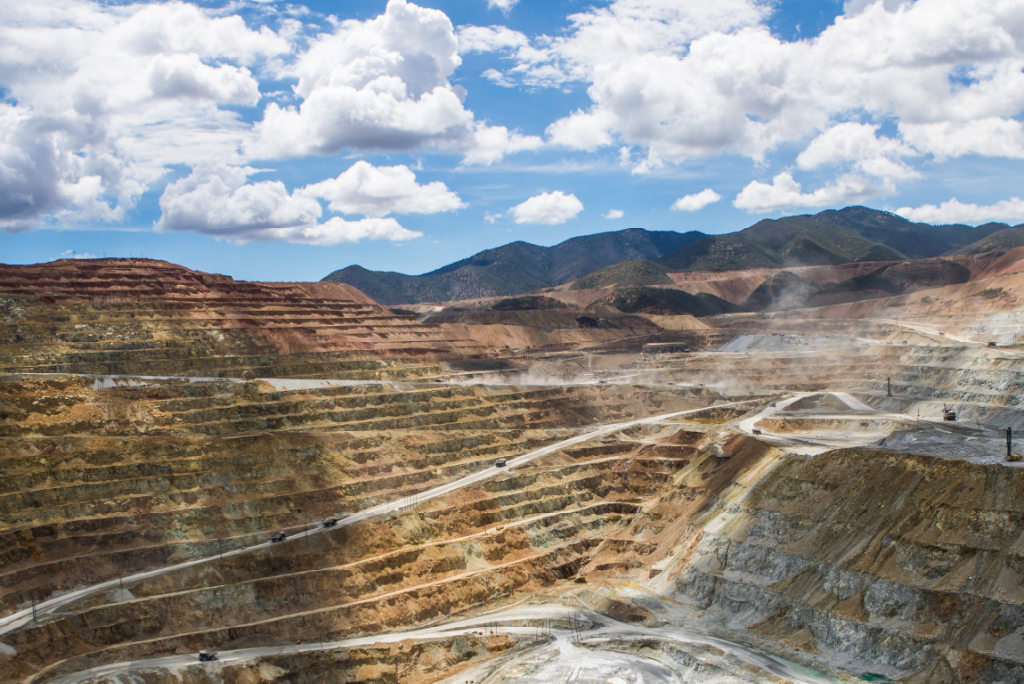
We generate development and wellbeing in our neighbor communities through investments in infrastructure and services that contribute to the United Nations Sustainable Development Goals, under a framework of respect for human rights.We focus on people as the engines for development to strengthen the social weave and drive tangible and long-lasting improvements in the quality of life in our communities.



For more information, see Management Approach









































